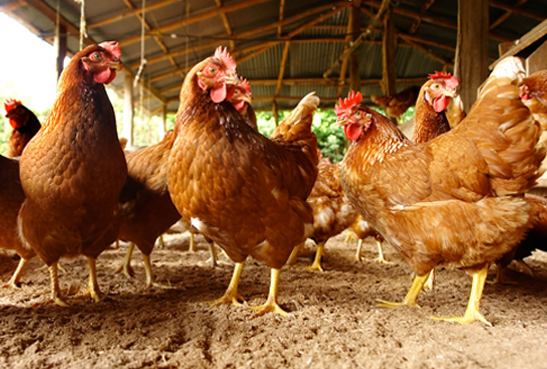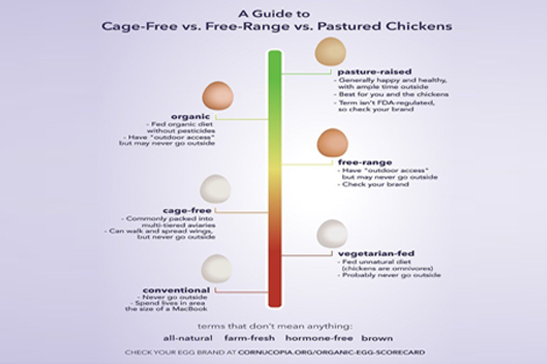
Home - Cage free system

A cage-free system is a type of poultry farming where hens are allowed to move freely within a barn or enclosed area rather than being confined to small individual cages. This system is designed to enhance the welfare of the hens by providing them with the ability to engage in natural behaviors such as nesting, perching, and dust bathing.
The United Egg Producers standards require each bird to be given a minimum of just 67 square inches of space, which amounts to about the same area as a piece of lined paper. Birds can't freely run, jump, or even fully stretch their wings without hitting the sides of the cage or another bird.
In fact, as more consumers become aware of the cruelty of intensive confinement, they're demanding cage-free eggs—eggs that come from chickens in alternative housing systems that don't make use of battery cages and, instead, allow chickens to move more freely in an open barn environment.

Free-range eggs are a further improvement from cage-free eggs in terms of welfare potential. Free-range systems protect hens from confinement in a cage, but what free-range looks like can vary.
Many pasture-raised certifications require farms to cover fields with vegetation, keep hens at low stocking densities, and provide hens with features like nest boxes and perches. Pasture-raised often means no beak trimming or forced molting is permitted.
Organic labels overlap with labels that indicate the type of housing a chicken lived in. Whether or not certain eggs are “organic” is specifically governed by the USDA's National Organic Program.
The USDA has seven basic requirements for labeling egg products. However, these requirements exist to provide basic information on the manufacturer, nutrition facts, weight, and ingredients
All animal welfare certification programs are not created equal. Each label has different criteria. For a deeper dive on major labels, an organization called FoodPrint has created a handy tool to help navigate all the nuances of these labels, ranging from habitat conservation to animal welfare to worker safety.
Animal Welfare Approved is a label run by A Greener World: an independent, non-profit farm certification program that maintains a portfolio of farm certifications including Certified Grassfed, Certified Non-GMO, and Salmon Welfare certifications.
Run by Humane Farm Animal Care, a non-profit certification organization, the Certified Humane label ensures that animals are not kept in cages, crates, or other highly confined spaces. The label also ensures that animals are never fed antibiotics, growth hormones, or feed that contains animal by-products.
American Humane Certified standards are much closer to industrial practices than the standards of other humane certifications. The label certifies egg production facilities that are cage-free, free-range, and pasture-raised.
Food Alliance is a non-profit organization that runs a voluntary certification program for producers and companies keen on embracing transparency, traceability, and environmental and social responsibility.
Sometimes last is, in fact, least. The United Egg Producers certification allows for caged housing—along with beak trimming, forced molting, zero access to outdoors, and lack of natural light requirements that accompany life in cages for layer hens.
Different facilities have varying standards for how they treat egg-laying hens. However, a vast majority of the US egg supply comes from hens in factory farms, and a majority of these factory farms still force hens to endure life in a battery cage.
Chickens deserve better than life in a cage. Although cage-free systems still have drawbacks, eliminating cages spares egg-laying hens from the worst forms of physical and psychological harm that they experience in intensive confinement.

Although chickens in the egg industry live longer than their counterparts in the meat industry, they can still endure countless forms of routine abuse in factory farms—like beak trimming and weeks of forced starvation at a time for forced molting.
For example, terms such as "humane" or "ethically sourced" have no legal definition. The different animal welfare certifications that appear on packaging also have different criteria and therefore impact for animal welfare—which means it's important to learn about these different labels before making purchasing decisions.